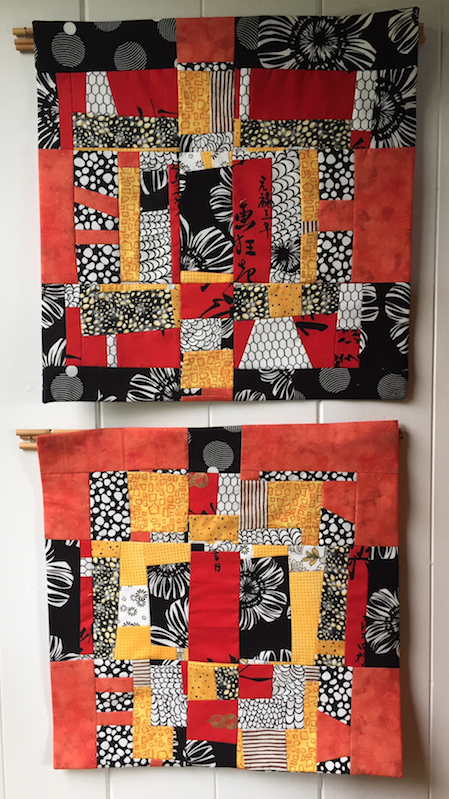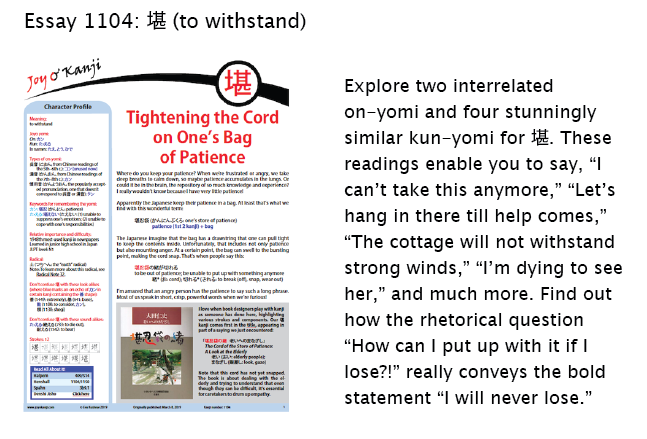Life After Death
I've been thinking about life after death. That's largely the influence of two TV shows, The Good Place and Forever, both of which make it clear that after we die, not much needs to change. We can look the same as before, live in spacious houses, enjoy food and wine, have sex, fall in love, and forge new relationships. It's all pretty wonderful except for the part about being dead.
I have some suspicions that that's not really how it goes down after we die. But I've thought for years that some people are deader than others once they go. Of the people I've loved and lost to death, those who had a sparkle in their eyes, great jokes, deep insights, a compassionate ear—those people are just as much with me today as when they were alive.
This has been on my mind because someone in my life died last month, and as I've been trying to make sense of how she could possibly be gone, memories of her are flooding my mind. She's with me more now than ever, her high-pitched voice and her unrestrained laugh reverberating in my ears. It's as if I'm hearing again everything she ever said to me in the last eight years.

Gail and I were officemates who barely knew each other until the 3/11 crises struck Japan. A few days after the disasters, she was laying out a half-finished quilt in the empty office next to mine, trying to see if the pattern worked. She said she loved making quilts for big occasions in people's lives—births, graduations, marriages, deaths—and I replied that she should make one for the people in Japan.
It was just an offhand comment, but within days we had co-founded Quilts4Japan, an enormous effort to collect quilts from quilters who wanted to do something, anything, for those who had lost so much in Tohoku. We asked the quilters to write personal notes to survivors, and then we had a Japanese woman here translate each one. We pinned the original note and the translation to each quilt.
A major part of my task was to communicate with Patchwork Tsushin in Tokyo, a quilting magazine that partnered with us by receiving our shipments and bringing our quilts to Tohoku. Wow, did it stretch my Japanese skills to email about terms I didn't even really understand in English: freight forwarding, "freight collect" fees, and customs forms to fill out once the quilts arrived at the port.
I'm looking at my database now to remind myself of the terms, and I've come across this sentence from Patchwork Tsushin:
復興にはまだ長い時間がかかりますが、キルトに心癒される時期になってきたのかもしれません。
Rebuilding will still take a long time, but the time may have come for people's hearts to be healed with quilts.
復興 (ふっこう: reconstruction); 長い (ながい: long); 時間がかかる (じかんがかかる: to take time); キルト (quilt); 心癒す (こころいやす: to heal the heart, shown here in its passive voice); 時期 (じかん: time); かもしれません (may)
Fabric can create connections between people.
I became aware of that all over again through Gail's memorial service last weekend. We were asked to bring along any quilts she had given us, which says quite a bit about her. I would say that around 300 people attended, and after the touching service, where people shared many wonderful memories of Gail, we could walk around the large room where mourners convened, enjoying the colors and warmth in the 15 or so quilts on display. I also brought two, but they weren't the large kinds that one would spread on a bed. Instead, Gail had just started making them and hadn't been happy with how they were coming out, so because the fabric had kanji on it, she gave them to me, much to my delight. They now hang on a wall in my house:

Fabric has a history. And maybe people live on through the quilts they make, just as authors live on to some degree through their writing.
It's bizarre that I just happen to be posting this on the eighth anniversary of the disasters in Japan.
And it is more than strange that, two days before her memorial service, I published essay 1504 on 繕 (to fix). As the "thread" radical in that kanji might suggest, that kanji has a strong connection to mending fabric. Take, for instance, this book:
The author loves small pieces of cloth, and she “revives” them, as the subtitle reflects:
「お繕いと暮らしのものづくり」
Mending and Making Things in Life
繕い (つくろい: mending); 暮らし (くらし: life); ものづくり (物作り: craftsmanship; making things by hand)
「布と手から生まれる古くて新しい生活」
An Old and New Life Born from Cloth and the Hands
布 (ぬの: cloth); 手 (て: hand); 生まれる (うまれる: to be born);
古い* (ふるい: old); 新しい* (あたらしい: new); 生活 (せいかつ: life)
In my exploration of 繕, this was actually one of two books I encountered about reviving old things or breathing new life into them. My mind began to race.
I thought about “cleanup queen” Marie Kondo, now well known in the West, thanks largely to a NetFlix series in which she shows messy Americans how to pare down their possessions. When the series was broadcast, articles came out here and there about the religious basis for her ideas. For example, she tells clients that before they dispose of an item, they should thank it for having come into their lives. This concept comes from the Shinto belief that each object has its own spirit.
I delve into all this more in essay 1504. For now I'll tell you about one linguistic aspect.
I asked my proofreader about the two books on reviving cloth and whether Shinto ideas could be influencing this language or thinking. He didn't think so, saying that Japanese has several common figurative expressions of this sort, none of them with underlying spiritual content:
新しい生命を吹き込む
to breathe new life into old things
生命* (せいめい: life); 吹き込む*
(ふきこむ: to breathe into)
古い理論に新しい生命を吹き込む
to breathe new life into an old theory
理論 (りろん: theory)
古い伝統に新しい生命を吹き込む
to infuse new blood into old traditions
伝統 (でんとう: tradition)
剛直した制度に新たな生命を吹き込む
to breathe new life into a rigid system
剛直 (ごうちょく: rigidity); 制度 (せいど:
system); 新た (あらた: new)
In English, too, "breathing new life into something" and "reviving an idea" are common phrases without any spiritual underpinnings.
It might be that darning socks is merely darning socks. It’s one of the earthiest things one can do to save resources, and there’s no need to make anything metaphysical out of it.
Then again, isn't the person who darns socks bringing them back to life? Don't we all have a fervent wish that nothing be lost forever? Maybe those who avidly darn socks are drawing on a displaced desire to bring someone back from the dead. It's all well and good to mend holes and rips. But those adept with a needle and thread might do better to redirect that energy to quilting. As I've come to understand, quilts are passed down through the generations, their stories told and retold, long after the quilter has slipped out of sight and left us behind.
If you want to find out more about mending fabric and fixing things in general, check out essay 1504 on 繕:
And if you can't tolerate thinking about death or quilting, then I have just the essay for you. Essay 1104 on 堪 is all about what's hard to take or downright unendurable:
Catch you back here next time!
❖❖❖
Did you like this post? Express your love by supporting Joy o' Kanji on Patreon:





Comments